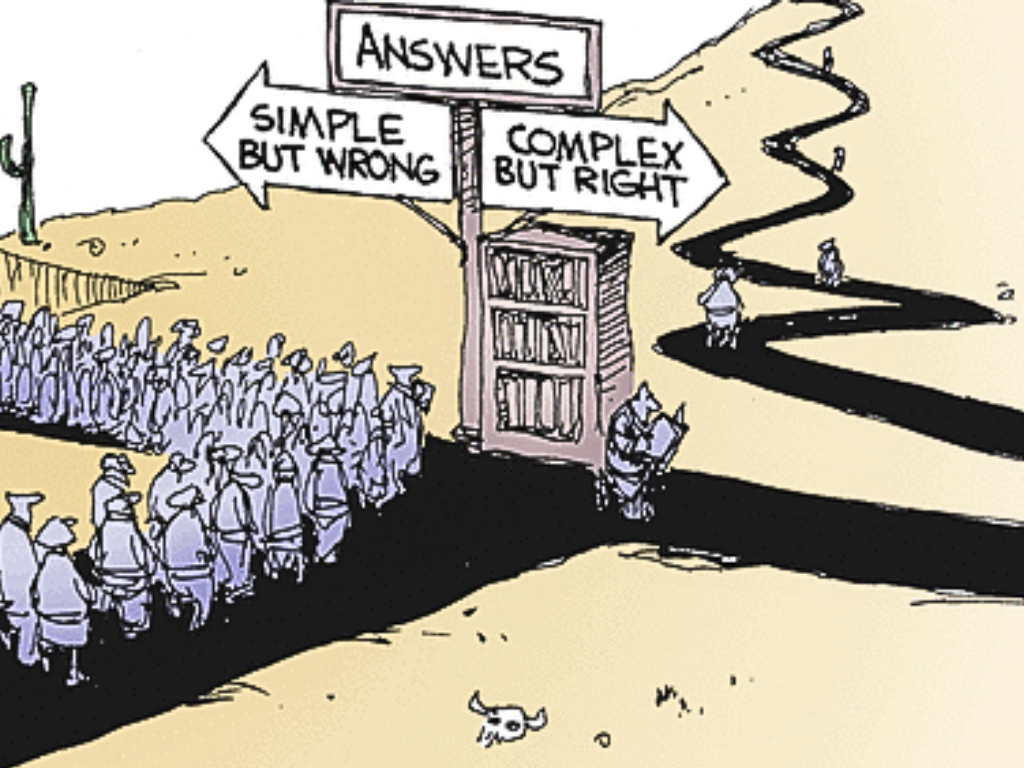How long have you been scrolling before landing here? Have you been ignoring your significant other and avoiding the dishes in the sink while slumping in comfy sweats, praying your phone battery survives just one more TikTok? If your right thumb has a cramp from relentless scrolling, or you clicked “What happens when you eat kimchi every day?” with no cares in the world—congrats, you might have Brain Rot.
In 2024, Oxford University Press declared Brain Rot its Word of the Year. Yes, I know it’s two words. But “Euphemism of the Year” doesn’t hit the same. Our friends at Oxford define Brain Rot as “the impact of consuming excessive amounts of low-quality online content, especially on social media.” Fitting, isn’t it? I appreciate the irony, which my editor (that’s me) pointed out, that it is quite meta to be writing about brain rot from online content in an online magazine… a bit like the Chik-fil-a ads with cows begging “Eat Mor Chikin,” I can only hope this article rises above the low-nutrient abyss. Let me know in the comments. Seriously, I need validation.
Brain Rot: A Modern Problem or Human Nature’s Oldest Habit
Is Brain Rot here to stay or just another trend of the year, doomed to be on the bookshelf of history alongside Brat Summer and Social Distancing? While the term may not last long enough to be discussed at next year’s Thanksgiving table, the concept underlying Brain Rot has been a permanent feature of our communication. Brain Rot sounds like a 2024 headline, but it’s not new. Not even close. Over 150 years ago, Thoreau warned in Walden about society’s obsession with oversimplifying complex ideas. Fast-forward, and psychologists Daniel Kahneman and Amos Tversky gave us “thinking fast and slow”—their term for how we process information. Thinking fast is our default: reactive, simplified, easy. Thinking slow? Exhausting, deliberate, and hard. Nobody goes there willingly.
So maybe Brain Rot isn’t a trend. Perhaps it’s baked into our nature.
From Reader’s Digest to Infinite Scroll: How Brain Rot Evolved
Is Brain Rot unique to 2024, or is it just repackaging old news in a new wrapper? Let’s time-travel to my youth. Media like Reader’s Digest served up tidy summaries of complex topics—a kind of pre-internet Brain Rot. Quaint variety shows like Carol Burnett and Hee-Haw delivered spoon-fed content as easily digestible as your mom’s green Jell-O mold. But at least you had to physically turn the TV on and off. These were an easy replacement for more cognitively challenging media of a bygone era: reading Jane Eyre or Pride and Prejudice by candlelight.
Today? The algorithm does the work. Stand by for a deluge of semi-related and equally vapid content. The algorithm will see you now. It knows you clicked on “Three New Ways to Buckle Your Bra in 2024” or “Socks with Sandals: My Father’s Descent into Fashion Hell.” Next thing you know, you’re caught in a tsunami of barely related, mind-numbing content cancelling out any cognitive gains from finishing Saturday’s New York Times’ crossword. And resistance is futile.
Why Brain Rot is More Dangerous Than You Think
Brain rot has a more insidious form – when the information blasted at us through the Nerf Gun of social media tells us what to feel and think about important issues that don’t have easy answers. The AI world is likely set to exacerbate the brain rot, as the AI learns more about what engages you and creates new content tailored to deliver that warm breeze of confirmation bias. Algorithms feed us carefully curated content, “Yes, dear reader, you’re absolutely right,” the AI whispers. And just like that, you’re on the Slip ‘N Slide straight to the corner of the internet where everyone agrees with you. At best, it’s subtle manipulation. At worst, it’s the slow, quiet death of free thinking.
Brain Rot’s Predecessor: When TV was our original Time-Suck
Back in the Middle Ages of my life—circa 1991, when Husband still had hair—we called it time-suck. You’d zone out watching Family Feud, forget to pick up the kids and realize dinner was still in the freezer. Although these time-suck activities were one-way broadcasts from Sally Jessy’s mouth to your ears, they were a precursor of today’s social media algorithms on infinite scroll – with the same performance metric: how much time did you watch the show and its product placements and advertisements, and how did the purveyors of media monetize your eyeballs.
The dangerous difference? Today’s Brain Rot is endless, interactive, and monetized. Remember: If you’re not paying for the product, you are the product.
Brain Rot for All
Is Brain Rot generational or gendered? I think the doom scrolling and excessive screen time hit women harder. Many women seek refuge and a break from their relentless schedules. Some are obsessed with influencers or their Cool Women Facebook groups, simultaneously chasing the perfect wrinkle cream. Meanwhile, I’m over here battling Pottery Barn urges courtesy of Friends’ infamous Apothecary Table episode (paid product placement, anyone?). A quick scan of Husband’s weekend habits says his Brain Rot is real too, but it just has different letters: NFL, NBA, MLB, NHL. But his screen time doesn’t come close to mine.
And our kids? They like to think they’ve invented everything—including Brain Rot. They gorge on social media with a stamina I can only admire.
If You’re Still Here, I Salute You
If you’ve made it this far, thank you. Maybe I’ve nudged you to think slowly about Brain Rot—how it creeps in, how it distracts, and what it costs. If so, let me know in the comments. And if not? Well, here’s a cute cat video for your troubles.
Photo Credit: NON SEQUITUR © Wiley Ink, Inc.. Dist. By ANDREWS MCMEEL SYNDICATION. Reprinted with permission. All rights reserved.

0 Comments